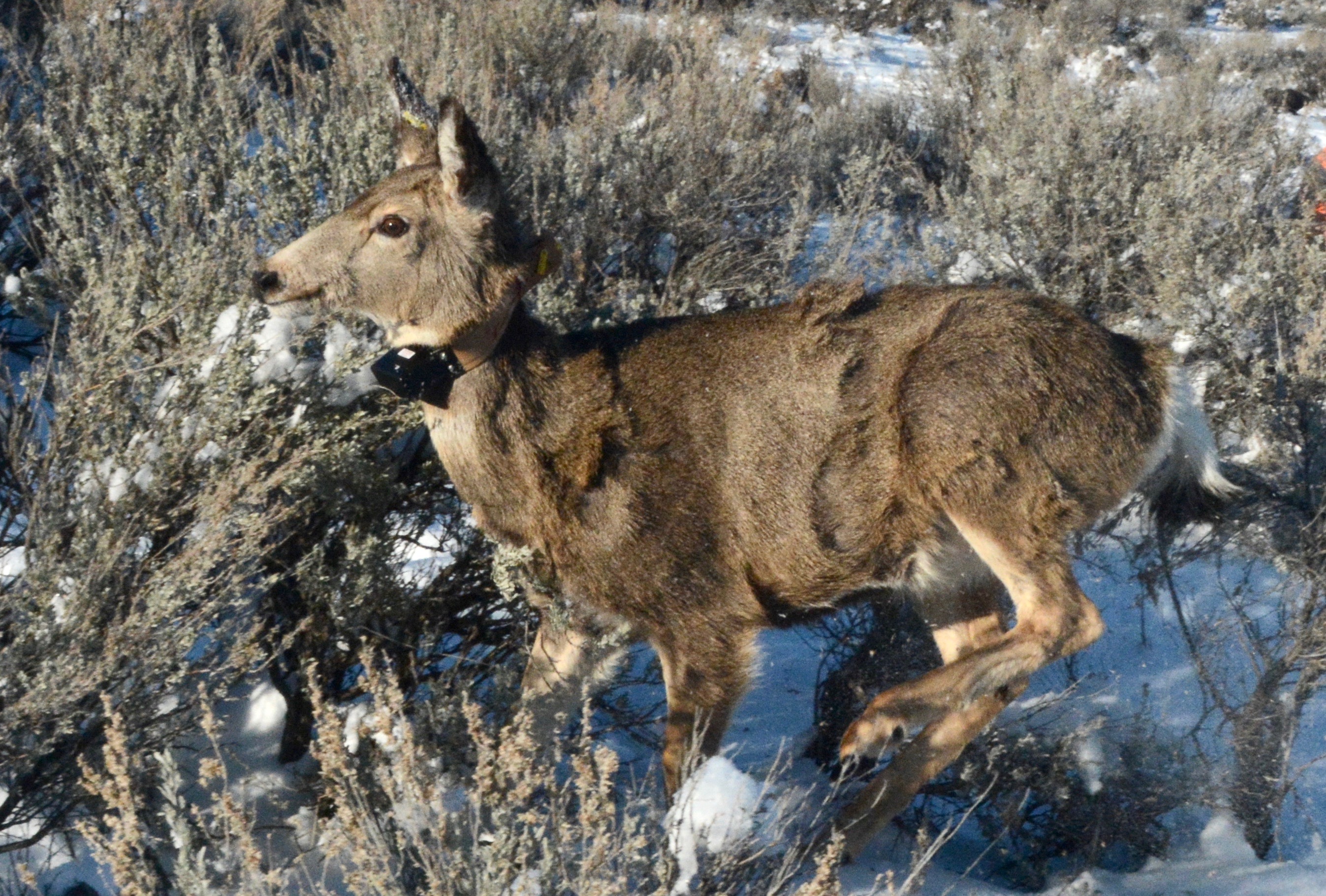In early January, Idaho Fish and Game biologists in Salmon plan to use low-flying helicopters to radio collar deer and elk, as well as survey elk populations.

Approximately 21 mule deer fawns and 30 elk calves will be collared in big game management units 28, 36A and 36B. Crews will then monitor the collared animals to get a better idea of herd survival through the winter and early spring.
Fish and Game recognizes that herding deer and elk with a helicopter seems to contradict its message to the public about the importance of leaving wildlife alone during winter. That is why biologists move quickly and efficiently. It typically takes a total of 20-30 minutes to herd, catch, and release an animal with a collar.
“We try our best to minimize stress and complete these projects early in winter when the animals aren’t yet feeling the accumulated effects that take hold in February and March,” said Brett Stansberry, wildlife biologist based in Salmon. “The stress is over quickly and has less long-term impact on the animal compared to frequent encounters with people and pets.”
When the collaring efforts are completed, biologists will survey elk populations in big game management units 30 and 30A. The goal of these surveys is to assess population trends, and age and sex ratios. These surveys are estimated to take about one week to complete, depending on weather conditions.
Collaring efforts and population surveys are completed during winter because animals tend to be congregated, are easy to spot, and it’s gentler on the animals to capture them in cooler weather. While labor intensive and dangerous at times, the information, collected will be used to determine the overall health of Idaho’s herds, which plays an important role in determining future hunting seasons.

